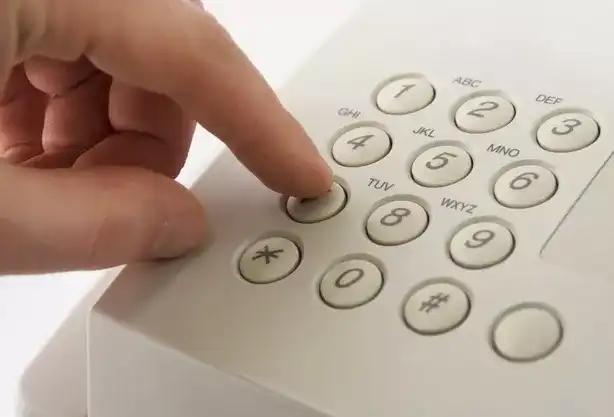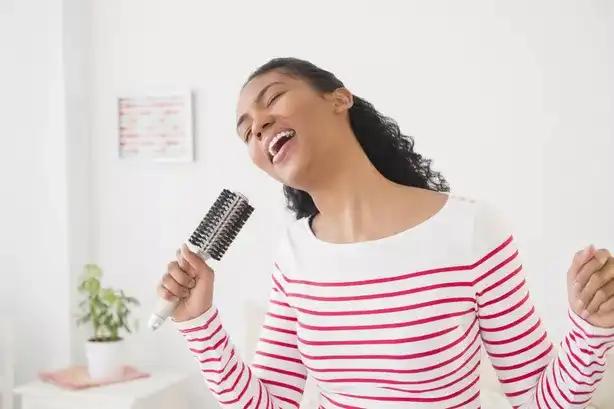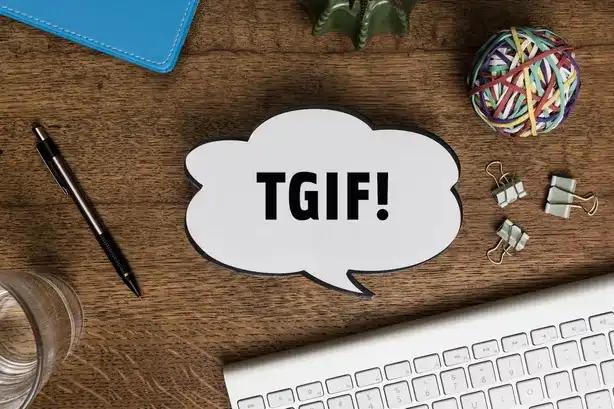9 Types of Mnemonics to Improve Your Memory
Curated from: verywellhealth.com
Ideas, facts & insights covering these topics:
11 ideas
·2.32K reads
16
Explore the World's Best Ideas
Join today and uncover 100+ curated journeys from 50+ topics. Unlock access to our mobile app with extensive features.
Improve Your Memory Using Mnemonics
Interested in becoming more efficient and effective in learning and recalling information? Whether you're in elementary school, graduate school or everyday life, using these mnemonic (pronounced ni-mahn-ik) strategies—think of them as very effective memory tips—can make it easier to remember facts, and they can be applied to almost any subject.
46
415 reads
Keyword Mnemonics
Multiple research studies have demonstrated that using the keyword mnemonic method improves learning and recall, especially in the area of foreign languages.
Here's how this works. First, you choose a keyword that somehow cues you to think of the foreign word. Then, you imagine that keyword connected with the meaning of the word you're trying to learn.
For example, if you're trying to learn the Spanish word for cat, which is gato, first think of a gate and then imagine the cat sitting on top of the gate.
52
330 reads
Chunking as a Mnemonic Strategy
Chunking information is a mnemonic strategy that works by organizing information into more easily learned groups, phrases, words or numbers.
For example, memorizing the following number: 47895328463 will likely take a fair amount of effort. However, if it is chunked like this: 4789 532 8463, it becomes easier to remember.
Interestingly, chunking is one of several mnemonic strategies that has been studied in people with mild Alzheimer's disease. Results from these studies concluded that chunking can be helpful in improving verbal working memory in the early stages of dementia.2
51
290 reads
Musical Mnemonics
One way to successfully encode the information into your brain is to use music. A well-known example is the "A-B-C" song, but there's no end to what you can learn when it's set to music. You can learn the countries of Africa, science cycles, memory verses, math equations and more.
Music is also an effective tool for people with mild cognitive impairment and Alzheimer's disease. Not only can the words of songs be remembered from their childhood even when other language ability is almost gone, but they can also learn new information more effectively if it's taught through music.
48
180 reads
Letter and Word Mnemonic Strategies
Acronyms and acrostics are typically the most familiar type of mnemonic strategies.
Acronyms use a simple formula of a letter to represent each word or phrase that needs to be remembered.
An acrostic uses the same concept as the acronym except that instead of forming a new "word," it generates a sentence that helps you remember the information.
An often-used acrostic in math class is: Please Excuse My Dear Aunt Sally.
This acrostic mnemonic represents the order of operations in algebra and stands for parentheses, exponents, multiplication, division, addition, and subtraction
47
194 reads
Rhymes as Mnemonic Strategies
"Hey diddle diddle. The cat and the fiddle..." Can you finish the rest of this nursery rhyme?
The ability to memorize and remember nursery rhymes is often due in part to repetition and in part to rhyming. Rhyming words can be used as a mnemonic to help us learn and recall information.
Sometimes, you can rearrange words or substitute a different word with the same meaning to make them rhyme.
46
161 reads
Making Connections as a Mnemonic Method
One mnemonic strategy that helps encode new information is to connect it with something else that you already are familiar with or know. This gives it meaning and makes it easier to remember. Making connections is a type of elaborative rehearsal and can be applied to almost any subject or type of information.
For example, imagine that you are just introduced to someone named Jeffery. Perhaps you notice that Jeffery is very energetic, and connect Jeffrey with jumping. The next time you see him. you'll think, "There's 'Jumping Jeffery' and you can say hello by name."
46
143 reads
Memory Palace: The Method of Loci Mnemonic Strategy
The method of loci (pronounced low-sigh) is arguably the earliest identified mnemonic in history.
In the method of loci, the learner visualizes a room or a familiar path through a building and mentally associates facts or information with specific locations or objects along the way. In order to recall what he's learned, he re-visualizes moving through that room or along that path and each stop along the way triggers another piece of information. This method is also called the journey method, creating a "memory palace" or the mental walk strategy.
50
167 reads
Peg Method Mnemonics
The peg method is an especially useful mnemonic for remembering sequenced information. If first requires that you memorize the following list in help you order the facts:
- one = bun
- two = shoe
- three= tree
- four = door
- five = hive
- six = sticks
- seven = heaven
- eight = gate
- nine = vine
- ten = hen
After you have memorized this list, look over the new information that you are trying to learn. Then, connect the first word to "bun," the second word to "shoe," the third word to "tree," etc. The goal is to make a memorable connection with each new piece of information you need to memorize.
51
160 reads
The Mnemonic Linking System (Stories or Images)
The mnemonic linking method consists of developing a story or image that connects together pieces of information you need to remember. Each item leads you to recall the next item.
For example, imagine that you need to remember to bring the following things with you to school in the morning: homework papers, glasses, gym shoes, wallet, lunch money, and keys.
Using the linking system, you can think of the following short story to help you: Jack's homework papers put on their glasses and gym shoes and ran over to his wallet where his hungry keys were eating his lunch money.
50
128 reads
The Bottom Line
Using mnemonic memory strategies can give you that boost in your memory that we all need, and it can improve your efficiency in learning as well. Keep in mind that you may need to practice a few of these strategies before they come easily, but once you have them down, they should clearly benefit your learning and recall of information.
45
160 reads
IDEAS CURATED BY
CURATOR'S NOTE
Memory Hacks.
“
Joshua Phillips's ideas are part of this journey:
Learn more about health with this collection
How to write clearly and concisely
How to use proper grammar and punctuation
How to structure a business document
Related collections
Similar ideas
9 ideas
Top 8 Memorization Techniques for Professionals
blog.toggl.com
6 ideas
12 Ways to Improve Memory and Concentration
productive.fish
Read & Learn
20x Faster
without
deepstash
with
deepstash
with
deepstash
Personalized microlearning
—
100+ Learning Journeys
—
Access to 200,000+ ideas
—
Access to the mobile app
—
Unlimited idea saving
—
—
Unlimited history
—
—
Unlimited listening to ideas
—
—
Downloading & offline access
—
—
Supercharge your mind with one idea per day
Enter your email and spend 1 minute every day to learn something new.
I agree to receive email updates










